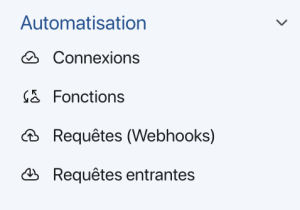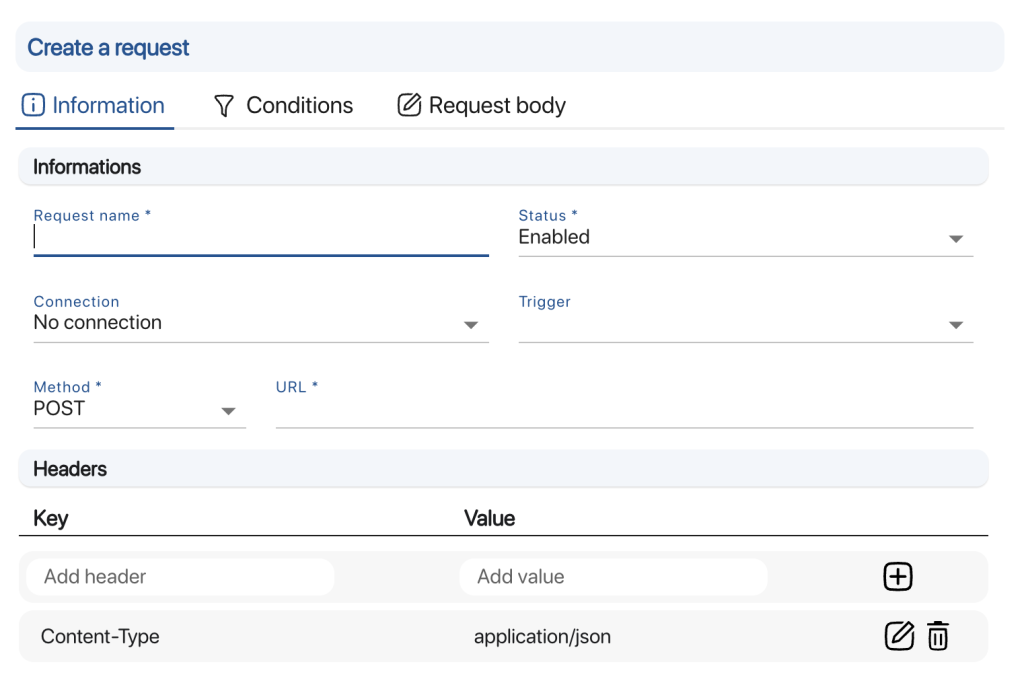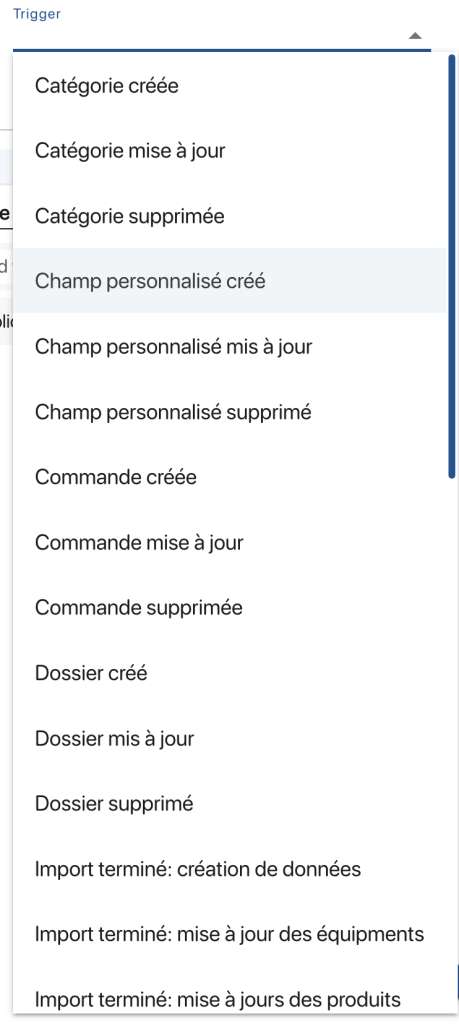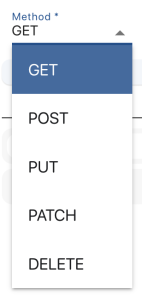K inventory now lets you automatically send data to your external tools, thanks to its automation module and universal API. Set up outbound requests, or webhooks, to share key information from K inventory with your other applications, without having to write a single line of code.
What is a webhook?
An outbound request is sent by K inventory to an external URL when certain events occur in your account. For example, you can set up a webhook to notify your accounting software every time a new sale is recorded in K inventory.
How do I configure an outgoing request?
1. Go to Outgoing requests
-
- In the K inventory main menu, click on the “PARAMETERS” TAB..
- In the “Automation” sectionsection, click on “Outgoing requests.

2. Create a new outgoing request
-
- Click on the “TO CREATE AN OUTGOING QUERY.
- Give your query a clear, descriptive name (e.g. “Webhook new sale”).

3. Configure your request
-
- Select connection : Choose the connection you have previously configured with the tool to which you wish to send data.
- Trigger action : Select the event in K inventory that will trigger the webhook to be sent (e.g. “New sale”, “Stock update”, etc.).

-
- Request URL: Specify the complete URL to be called by K inventory when sending the webhook.
- Method: Choose the appropriate HTTP method (GET, POST, PATCH, DELETE) depending on the action you wish to perform on the external tool.
- GET Retrieve information from the server.
- POST Create a new resource on the server.
- PATCH Partially update an existing resource on the server
- DELETE Delete a resource on the server.

-
- Additional headers (optional): If necessary, add headers specific to your request in addition to those already defined in the connection.
- Conditions (optional): Define filters to send the webhook only when certain conditions are met (for example, only for sales of a certain amount).
- Query body : Select the K inventory data you wish to include in the webhook using the available variables. The variables available vary according to the trigger action selected.
Key points to remember
- Webhooks automate communication between K inventory and your other tools.
- Carefully choose the trigger action and conditions to control when the webhook is sent
- Ensure that the URL and HTTP method are correctly configured for the target tool
- Use variables to customize webhook content with relevant K inventory data
- Check the history to make sure your webhooks are working properly